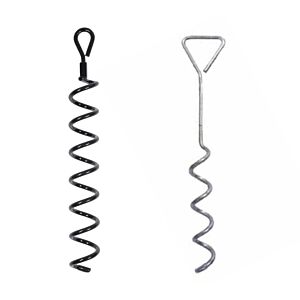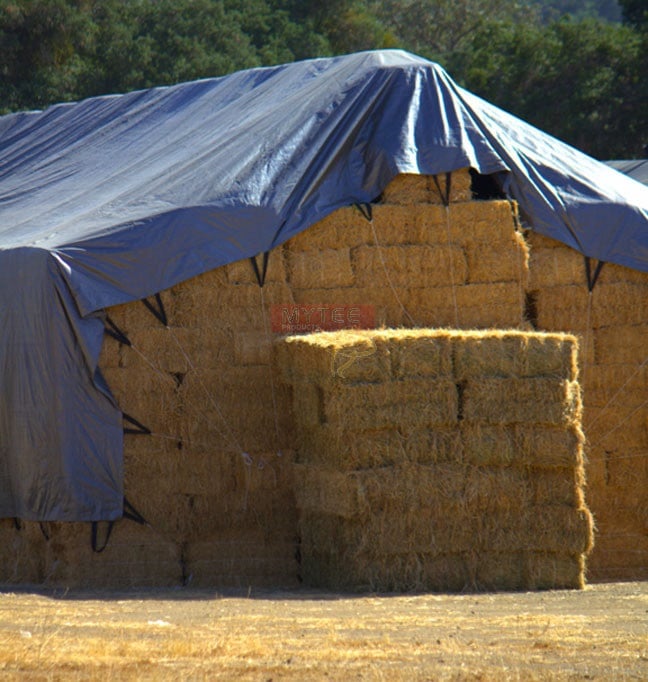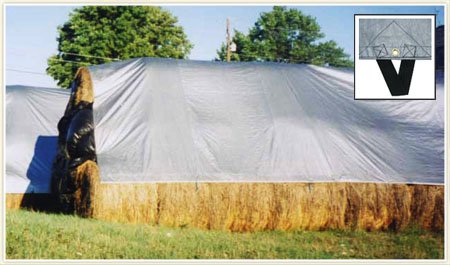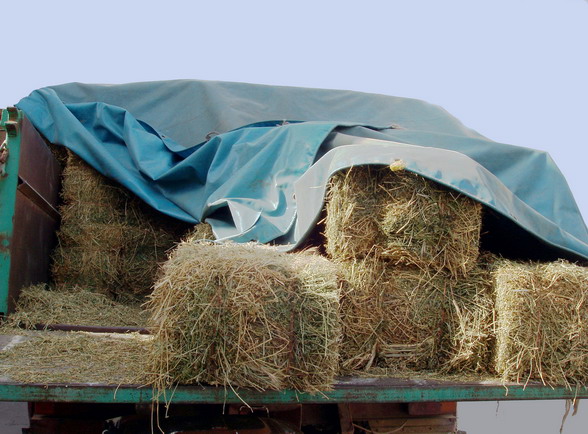It appears as though this year is turning out to be a very good one for both hay and livestock producers. Hay production is up almost everywhere and livestock producers are anticipating lower feed prices next year to account for what appears to be a bumper crop for 2016. Even companies providing tertiary support are benefiting from the good year. For example, manufacturers and retailers know that a bumper crop of hay means – more hay tarps in action throughout the fall and winter months.
According to AG Web, the USDA’s acreage report released at the end of June (2016) shows a 3% increase in hay production through the first half of the year, translating to some 56.1 million acres harvested. Of that, just over 18 million acres should generate a 2% increase in total alfalfa production.

AG Web cautions that hay production in the West may modify the government’s number somewhat when their August report is released. Despite a wetter than usual spring, some farmers in the West may be content with the first cutting before planting something else in their fields. That would negatively impact the USDA’s acreage numbers at the end of the year. Still, production should be up overall.
Storing Excess Hay over the Winter
In the state of Idaho, farmers are having another very good year in addition to an exceptional 2015. In fact, the 2016 crop has been so good that some farmers expect to be storing a lot of excess once their final cuts are complete. They are anticipating sales picking up early next year as livestock producers increase feed purchases for their animals. For them, it is all about storing hay until the customers start buying.
Storing hay over the winter can mean the selective use of hay tarps or putting baled hay in storage barns. There are several conditions that farmers must have to take in consideration for selecting any options. Moisture content, possibility of exposing baled hay to ground moisture, and preventing pest infestations are the conditions. But the nation’s farmers have been doing this long enough to protect their crops over the winter.
Farmers who choose the hay tarp route have learned how to stack bales and cover them with tarps in a way that offers maximum protection. Others have barns specifically meant for hay storage during the winter, barns that can be re purposed the following spring and summer for other things. The key is giving the hay plenty of opportunity to breathe without letting it get so dry that it ends up being no good.
During the hot summer months, there is also the ongoing risk of fire. When the moisture content is too high, hay can spontaneously combust. Farmers have to consider that when using hay tarps instead of storage barns.
Time Will Run Its Course
Idaho farmers look to have a bigger excess inventory this year than their counterparts in other states. Perfectly timed rains this spring and summer are the reason behind this phenomenon. The excess is significant enough that farmers are expecting the market to fall out within two or three years. The Farmers have to wait, but that’s an awfully long time to have to worry about excess hay storage.
Idaho producers may consider cut, bale and store the first and final cuttings of the year while leaving the summer cutting to waste. But in either case, they are going to need plenty of hay tarps to store their harvesting this year. It has been a very good year thus far, that’s for sure.
Sources:
1. AG Web – http://www.agweb.com/article/561-million-hay-acres-offers-livestock-producers-hope-for-lower-feed-costs-naa-anna-lisa-laca/
2. Idaho County Free Press – http://www.idahocountyfreepress.com/news/2016/jul/06/camas-prairie-ag-producers-enjoying-bumper-crop-ha/













